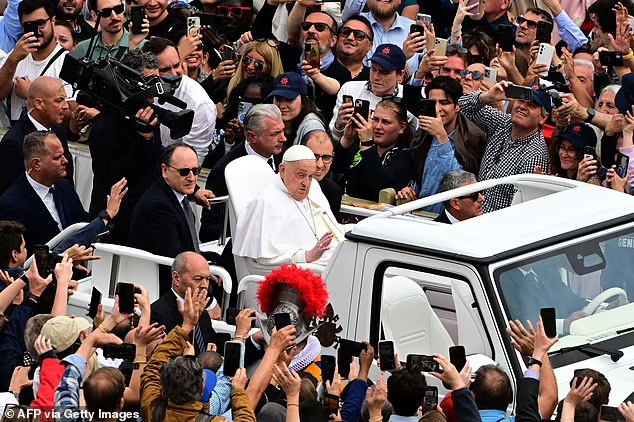By Melissa Sartore
Each morning Pope Francis awoke before dawn in his modest accommodation at Casa Santa Marta, the Vatican guesthouse. As day broke, Pope Francis prayed and meditated before delivering a homily at morning Mass.
By midday the pope had undertaken any number of duties, preferring to manage his schedule personally. Phone calls to colleagues and friends, meetings, and other appointments preceded lunch, after which he took a siesta.
His afternoons were often spent visiting prisons and juvenile detention centers, consulting with ambassadors to the papacy, or making appointments. Once a week he received a soccer update from a member of the Swiss Guard, a necessity since the pope stopped watching television in 1990. Though Pope Francis may have given up television, he was an active lover of the arts. He enjoyed opera, classical music, and baroque artwork, and he identified Federico Fellini’s La Strada as his favorite film.

A few times a month, the pope led Papal Mass and hosted regular audiences in St. Peter’s Square or the Basilica (and sometimes both on busy days), which allowed tens of thousands of people to be in the pope’s presence. Often these individuals were from all over the world and wept and cheered when they caught a glimpse of the head of the Roman Catholic Church.
His evening meal was again taken among his fellow residents at the Casa Santa Marta. True to form, he never dined alone. Once back in his austere domicile, Pope Francis ended his day as it began—quietly. Each night, the pontiff read before drifting off to sleep.




